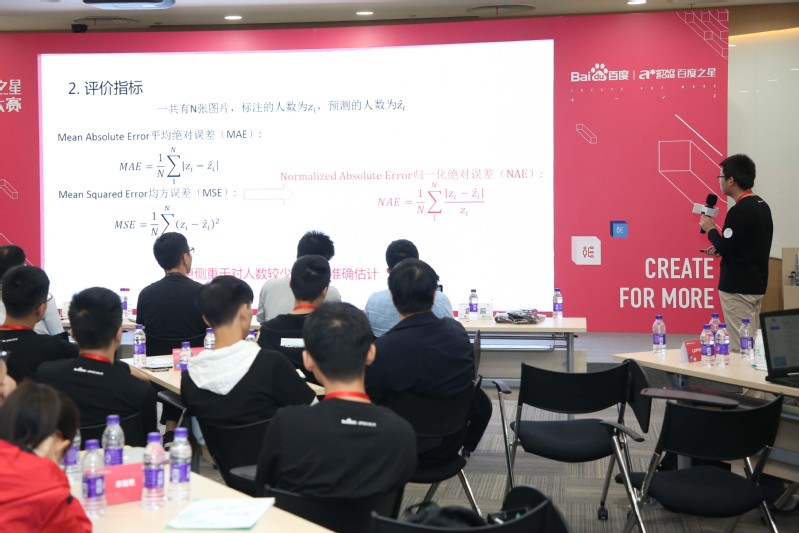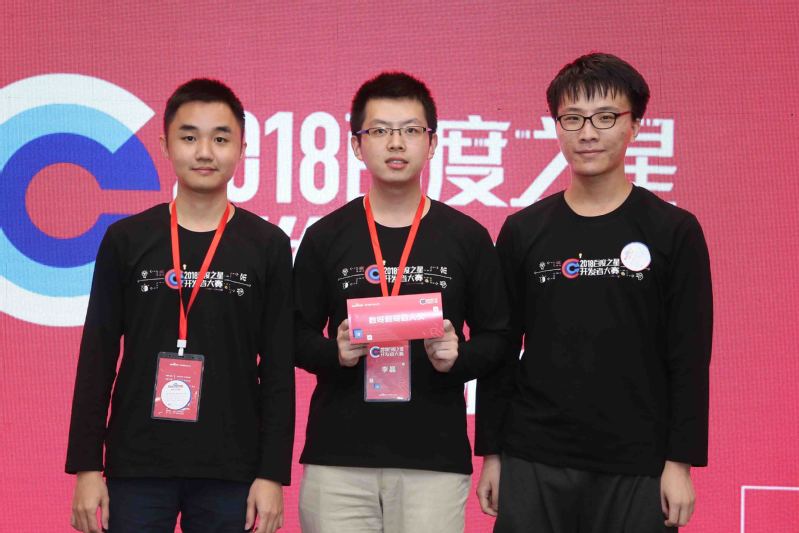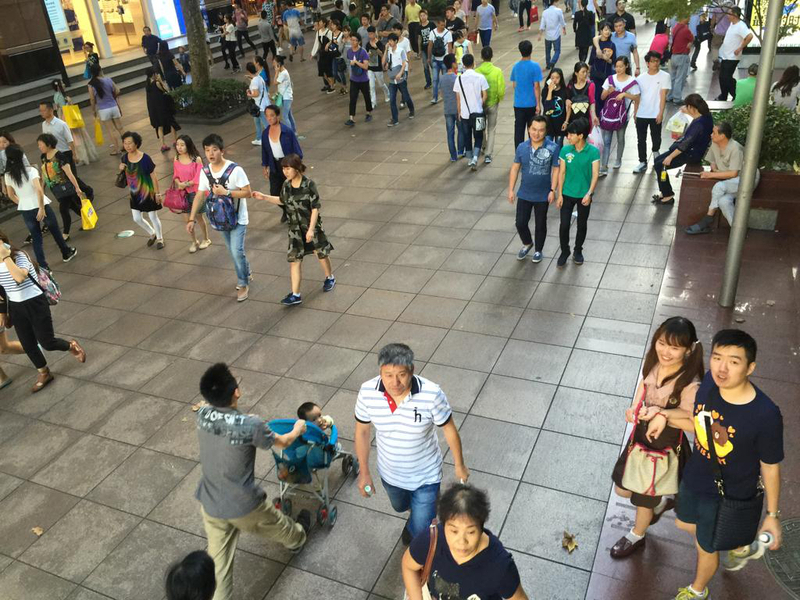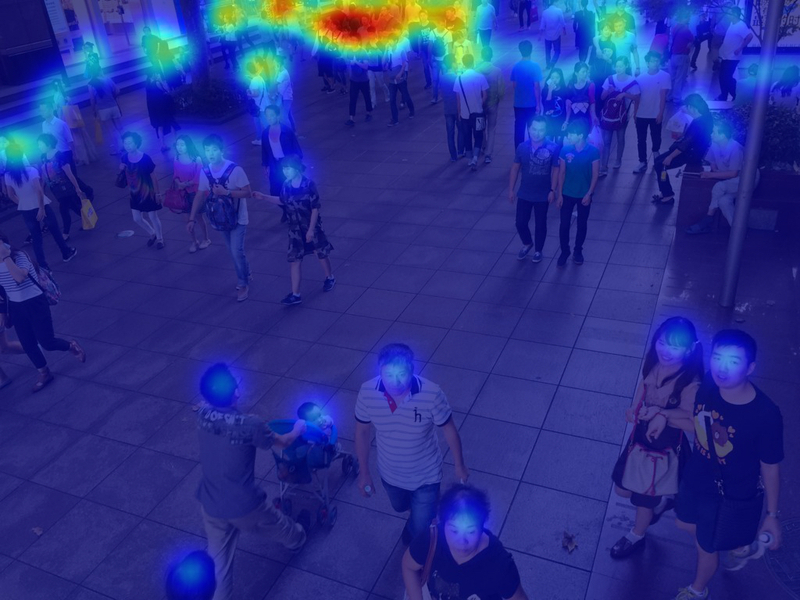Recently, the Baidu Star Developer Competition, a deep learning algorithm competition for global AI technology enthusiasts was held in Beijing, and a team from ShanghaiTech took the second place to the team from South China University of Technology who won the first prize; competing alongside teams from Shanghai Jiao Tong University, Universitat Autònoma de Barcelona, Northwestern Polytechnical University, Dalian University of Technology, Nanjing University, Beihang University, University of California, Riverside, Harbin Institute of Technology, South China University of Technology, among others.
This was the 15th Baidu Star Programming Competition held since Baidu transformed into an artificial intelligence technology company. This competition awards for first place, second place (2), and third place (3), and more than 1,000 teams from around China and the world (including teams from Spain, US and England) participated in the competition.
The ShanghaiTech team was made up of five students from the School of Information Science and Technology: Li Jing (graduate student), Lian Dongze (PhD student), Luo Weixin (PhD student), Jin Lei (undergraduate), and Hu Junhao (graduate student), under the guidance of Professor Gao Shenghua. This year’s competition, with the theme of crowd counting, began on July 4 and was divided into a preliminary, semi-final and final competition. In recent years, pedestrian analysis visual technology applied to surveillance scenes has received increasing attention. A variety of visual technologies, including human detection, human body attribute recognition, and population density estimation, have been widely used in many fields such as home security, public security and retail. Because of its accuracy and faster speed than using the naked eye, the crowd density estimation method, applied to crowded scenes, has been widely used in airports, mass transit stations, public transport vehicles, art galleries, etc. It can effectively prevent hidden dangers such as stampedes and overcapacity, while helping retailers and traffic monitoring. Competition participants used the PaddlePaddle framework to develop a common human flow density estimation algorithm that could be used for dense, sparse, high-altitude, on-board and other complex scenarios to accurately estimate the total number of people in the input image.
The ShanghaiTech team fully analyzed the data distribution in the competition, and proposed a data augmentation method for generating crowd density maps online. They proposed a balanced crowd density error loss function for the extremely uneven distribution of the number of people in the image and the students considered the final deployment of the model, reducing the model capacity and calculation time as much as possible. More importantly, they used the crowd counting algorithm based on density map regression even if the pedestrian boundary box labeling information was discarded, and still achieved good performance in the competition. The algorithm achieved a third-place performance in terms of performance using only a single model, and achieved the fastest speed, eventually leading to a second-place finish in the final.

Li Jing is presenting at the venue.

ShanghaiTech team from left to right: Luo Weixin, Li Jing, Jin Lei

The original image

Density map results

